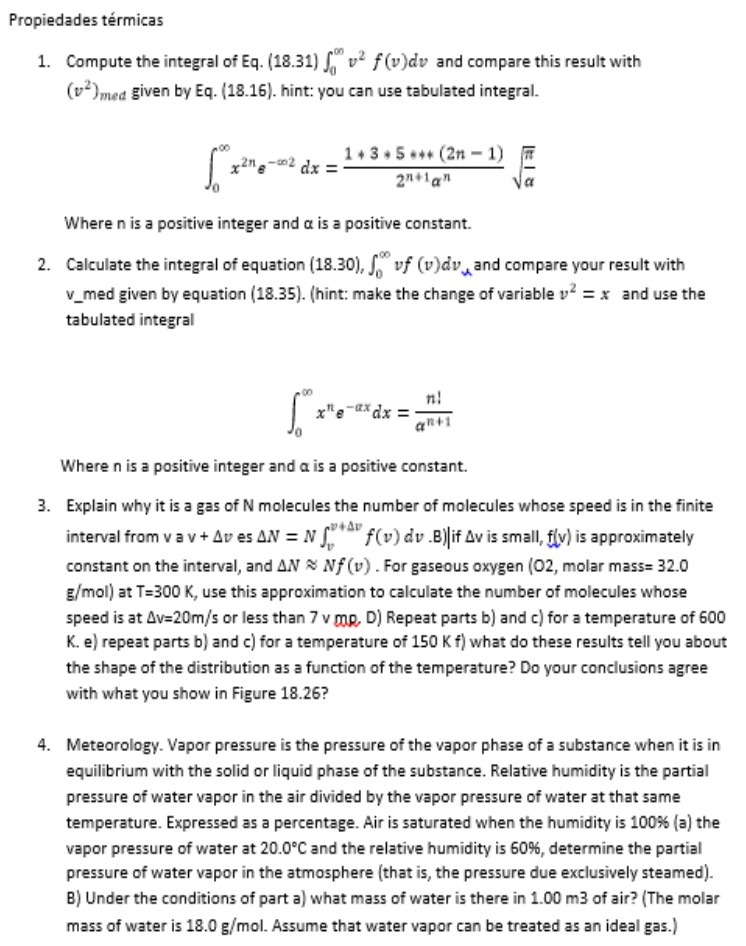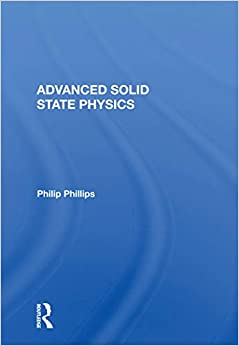Answered step by step
Verified Expert Solution
Question
1 Approved Answer
Propiedades termicas 1. Compute the integral of Eq. (18.31) , v2 f(v)dv and compare this result with (v2)med given by Eq. (18.16). hint: you can

Step by Step Solution
There are 3 Steps involved in it
Step: 1

Get Instant Access to Expert-Tailored Solutions
See step-by-step solutions with expert insights and AI powered tools for academic success
Step: 2

Step: 3

Ace Your Homework with AI
Get the answers you need in no time with our AI-driven, step-by-step assistance
Get Started


